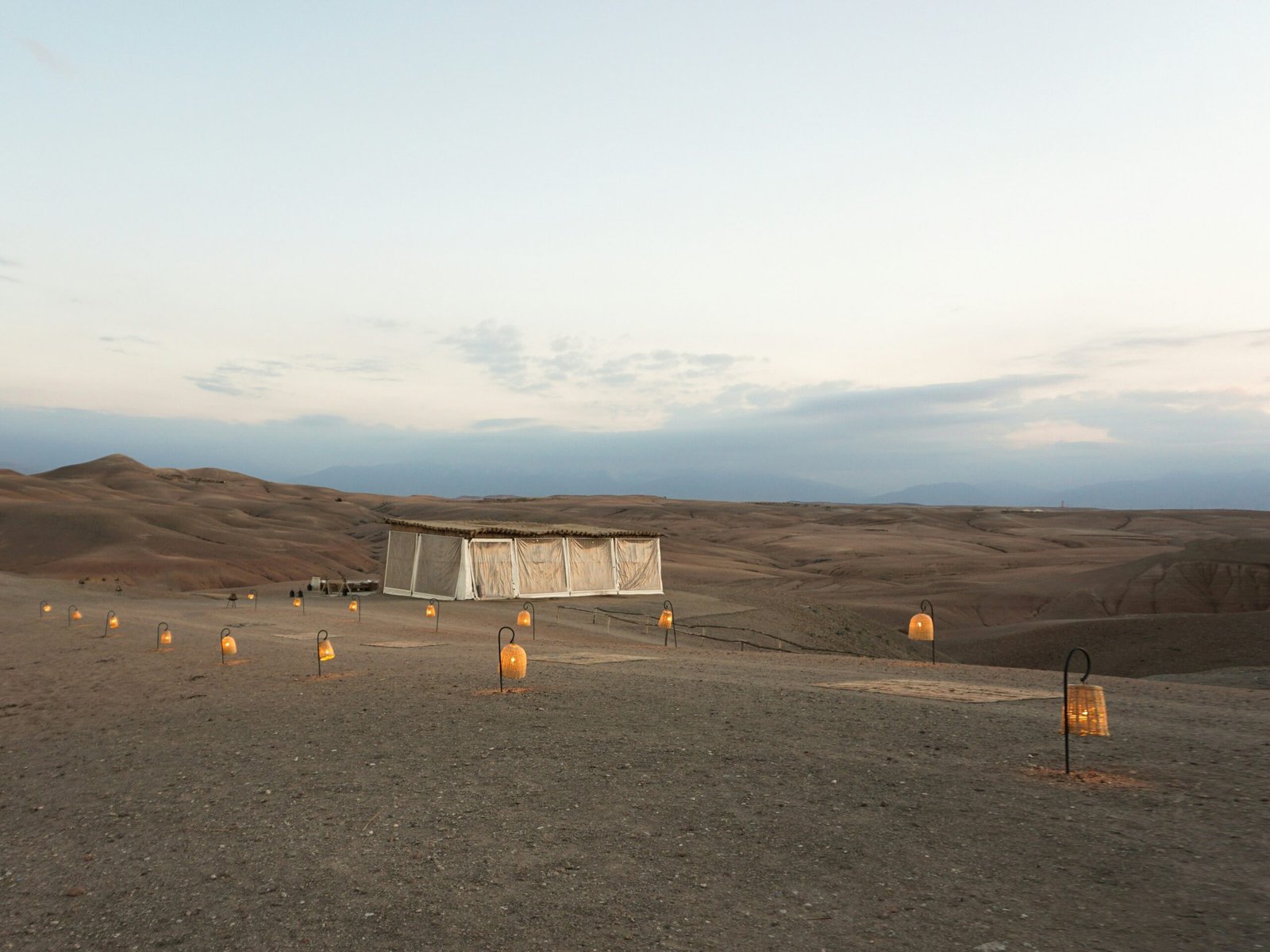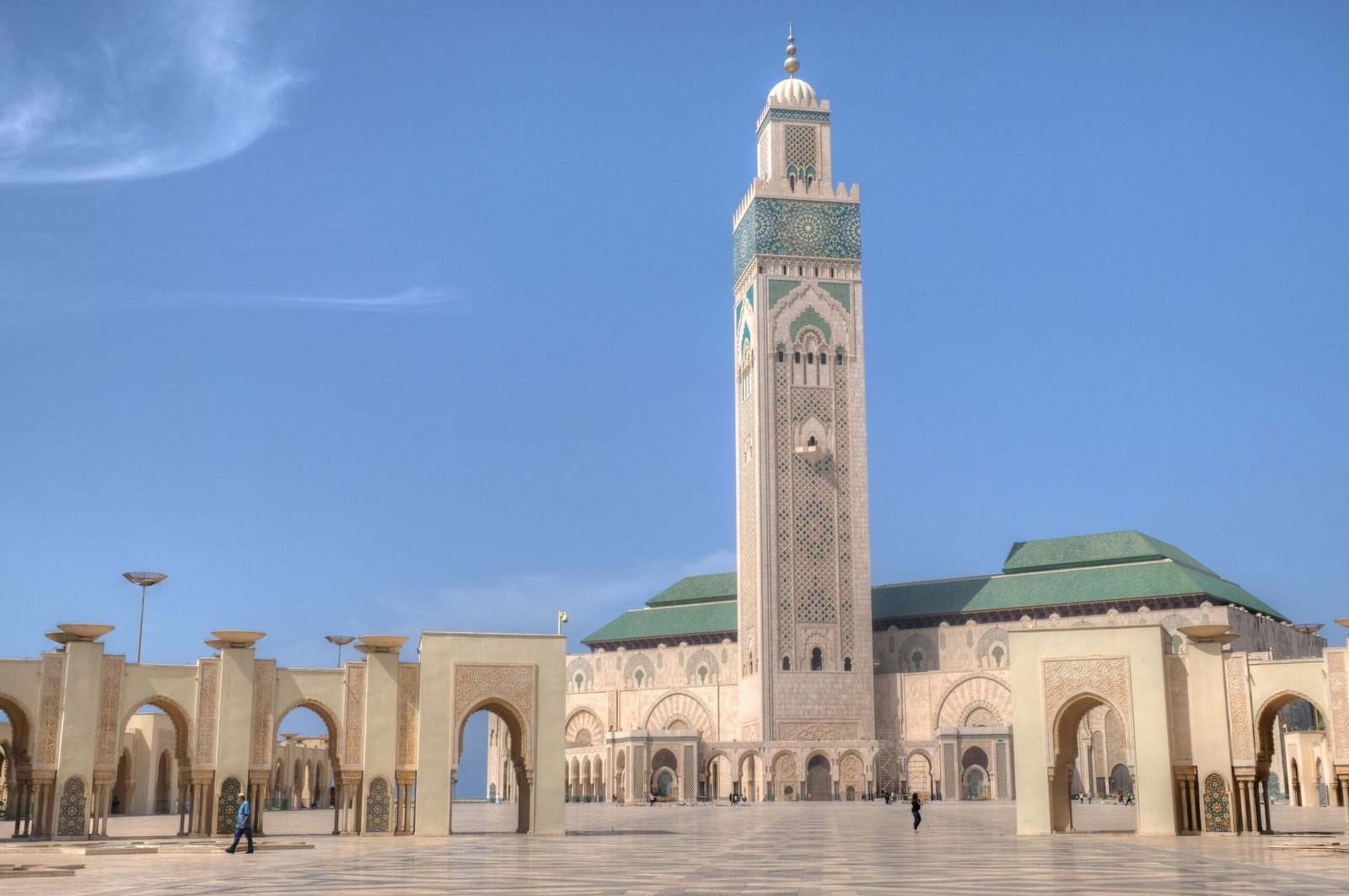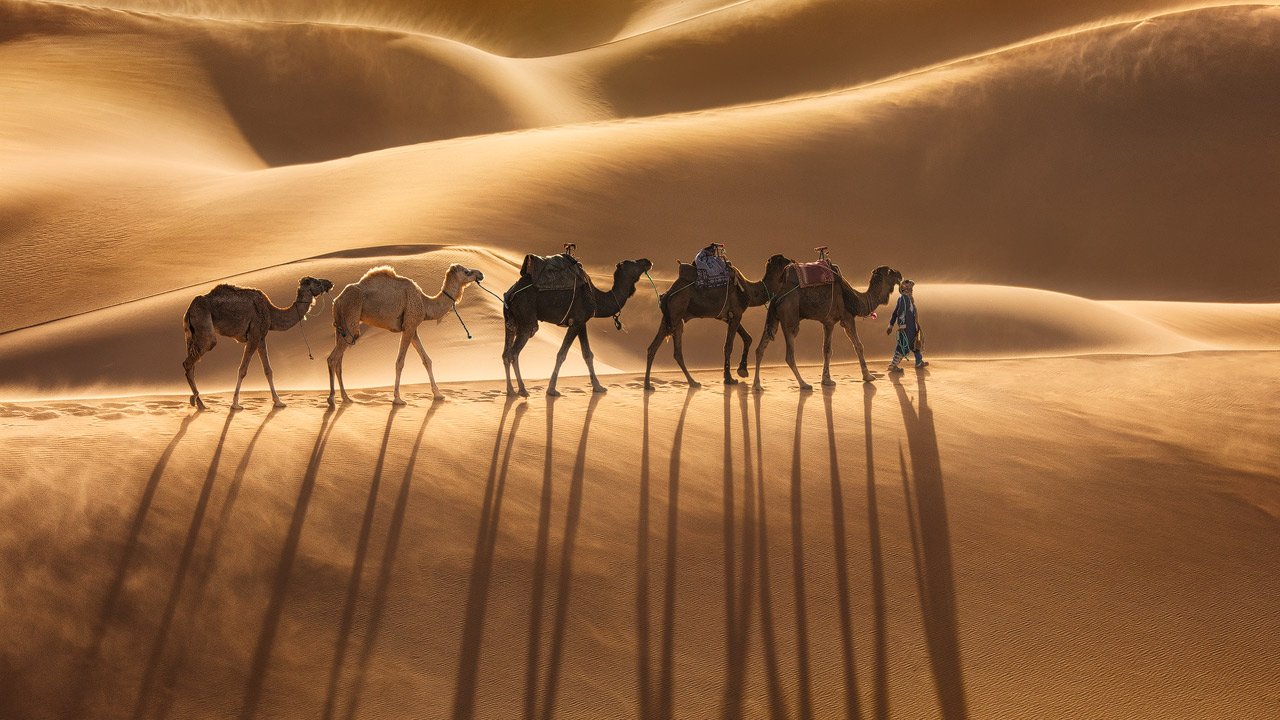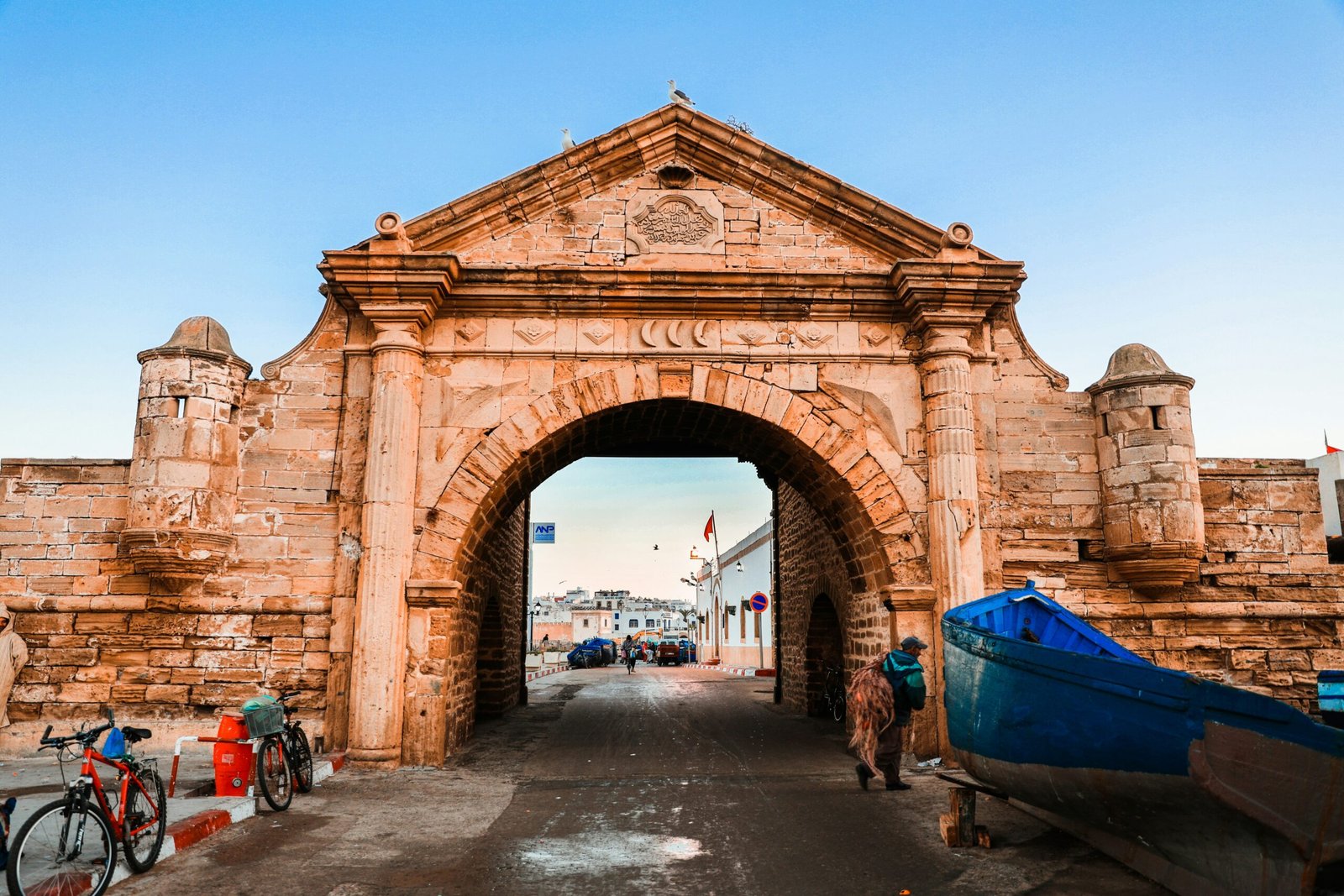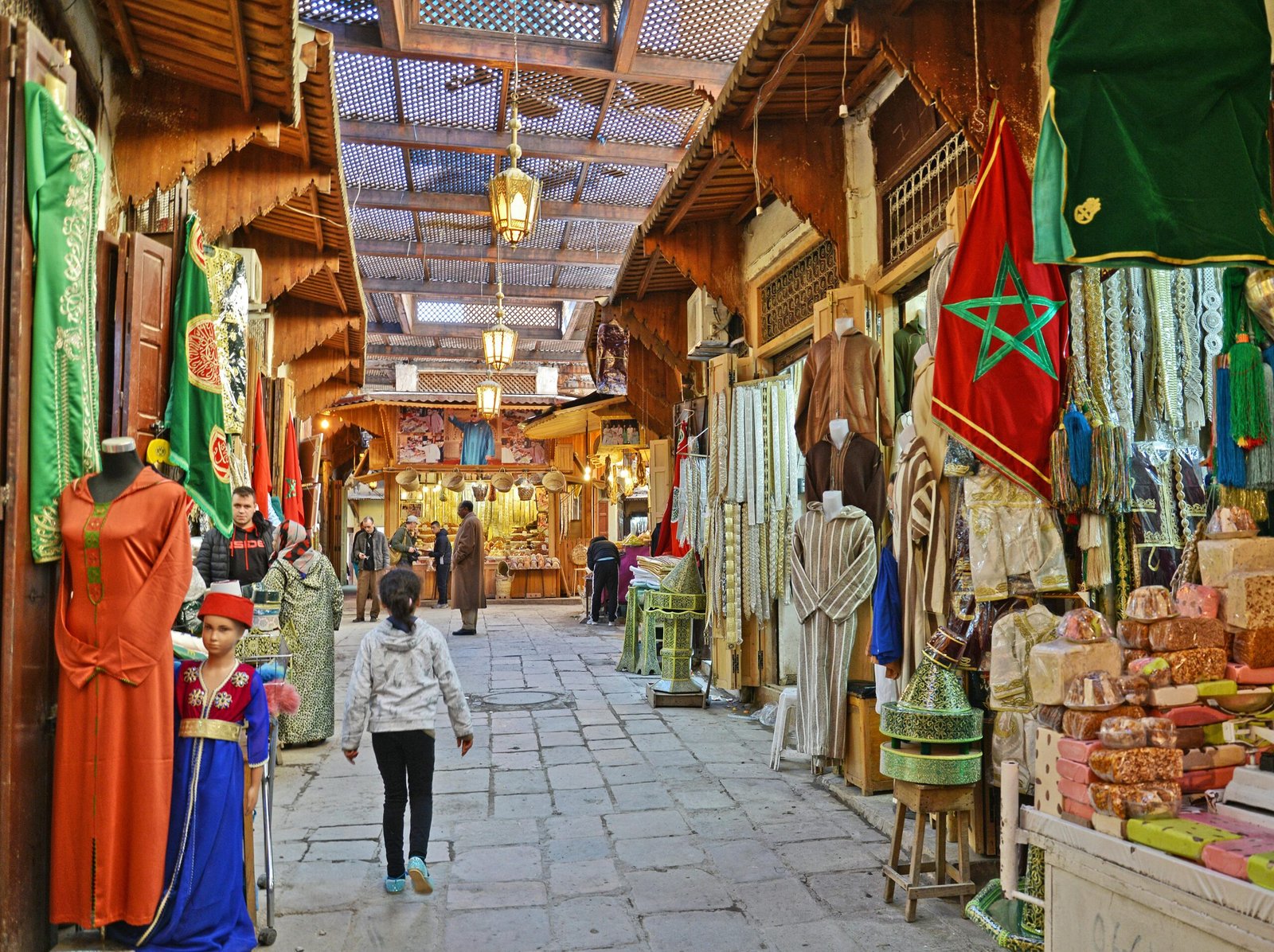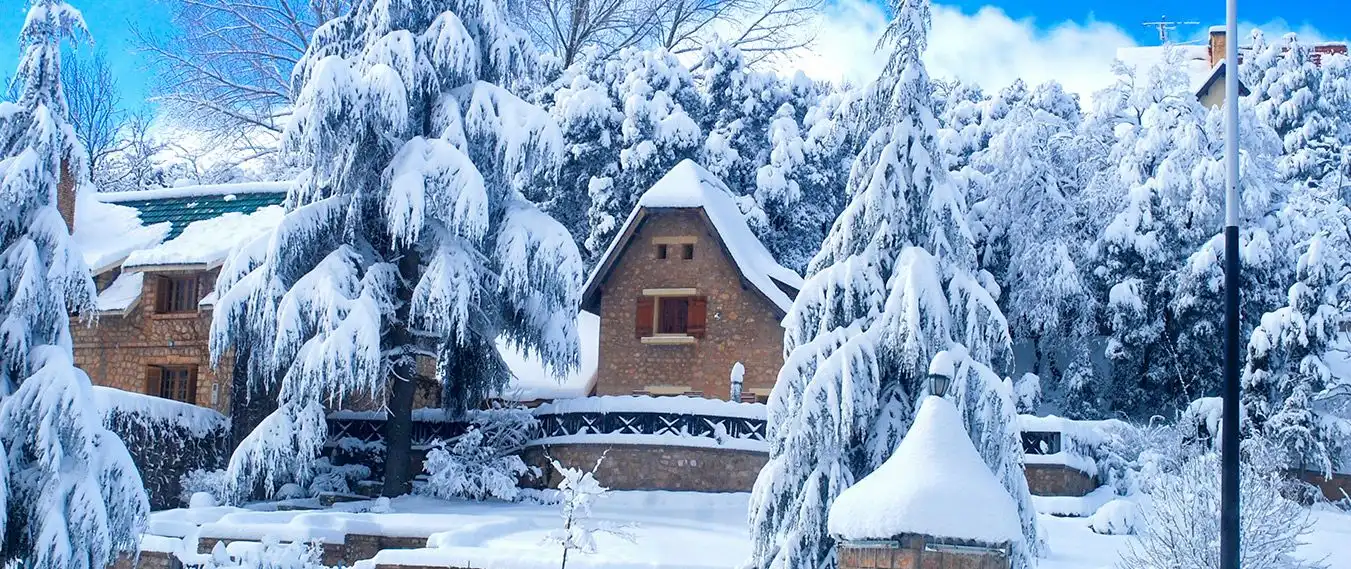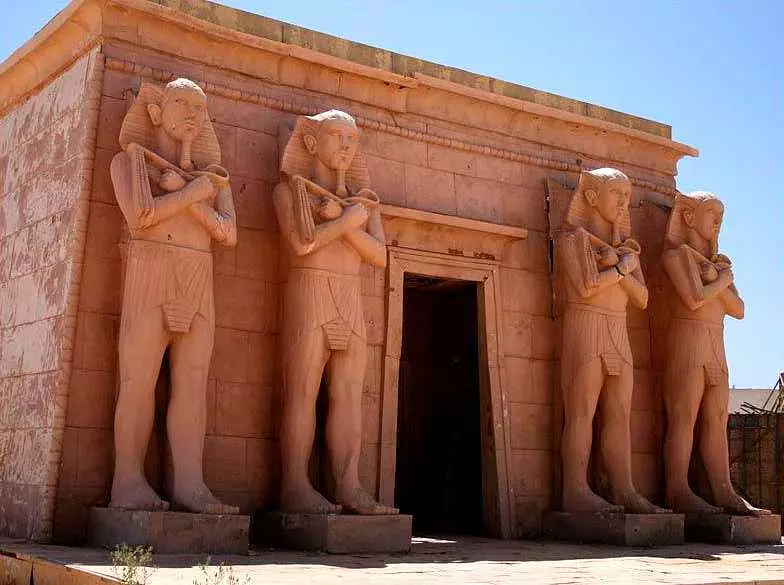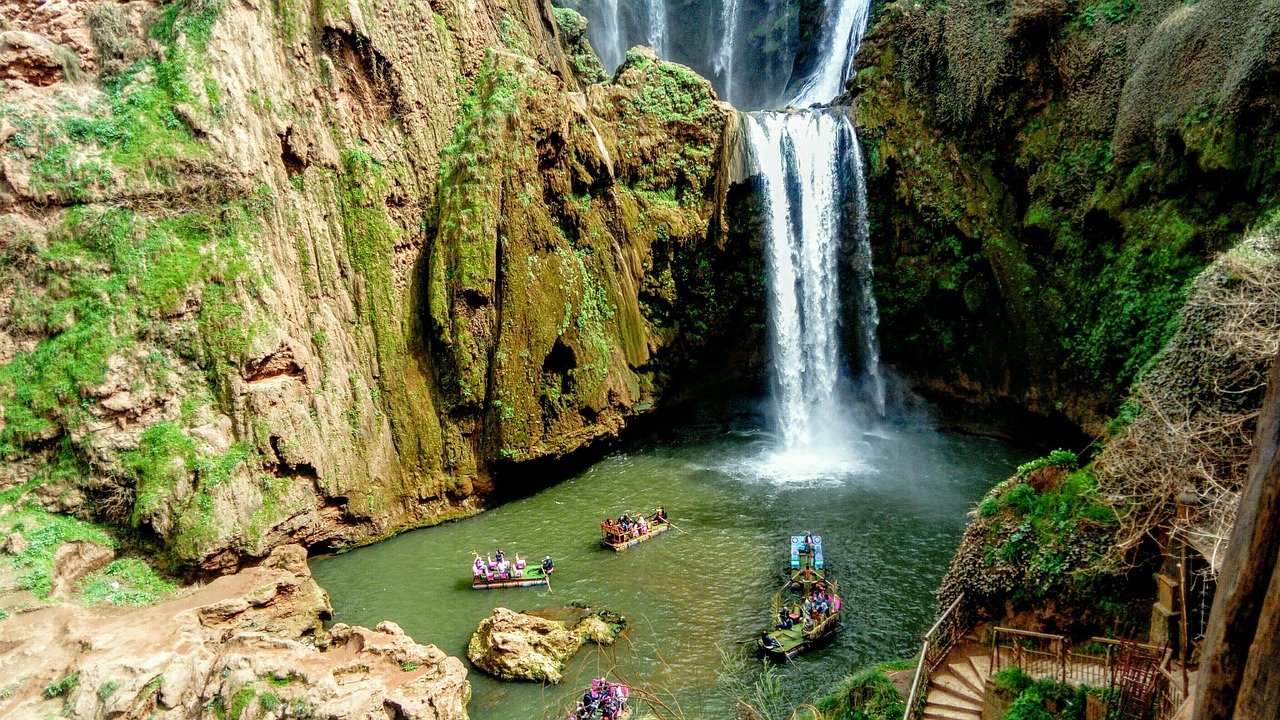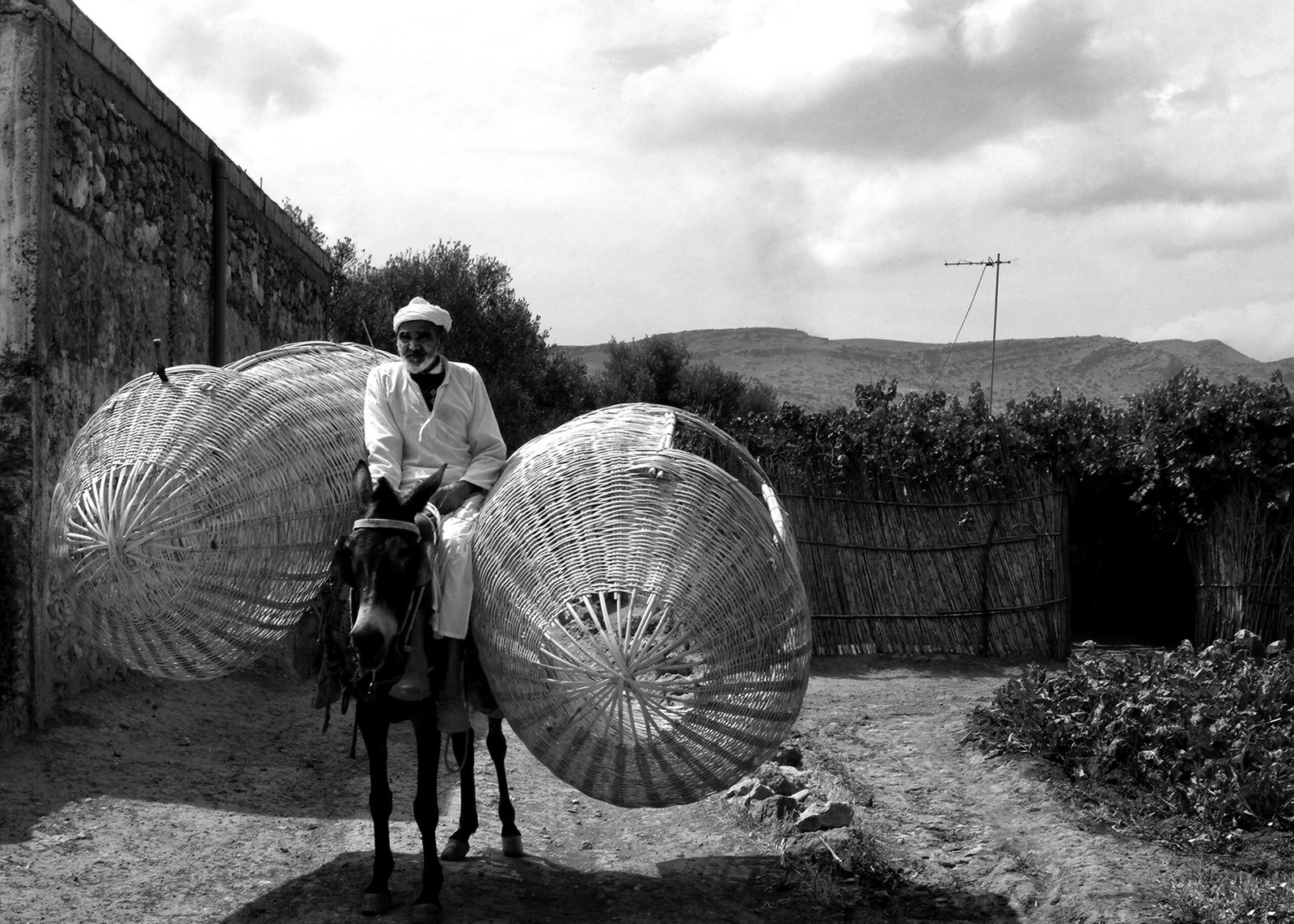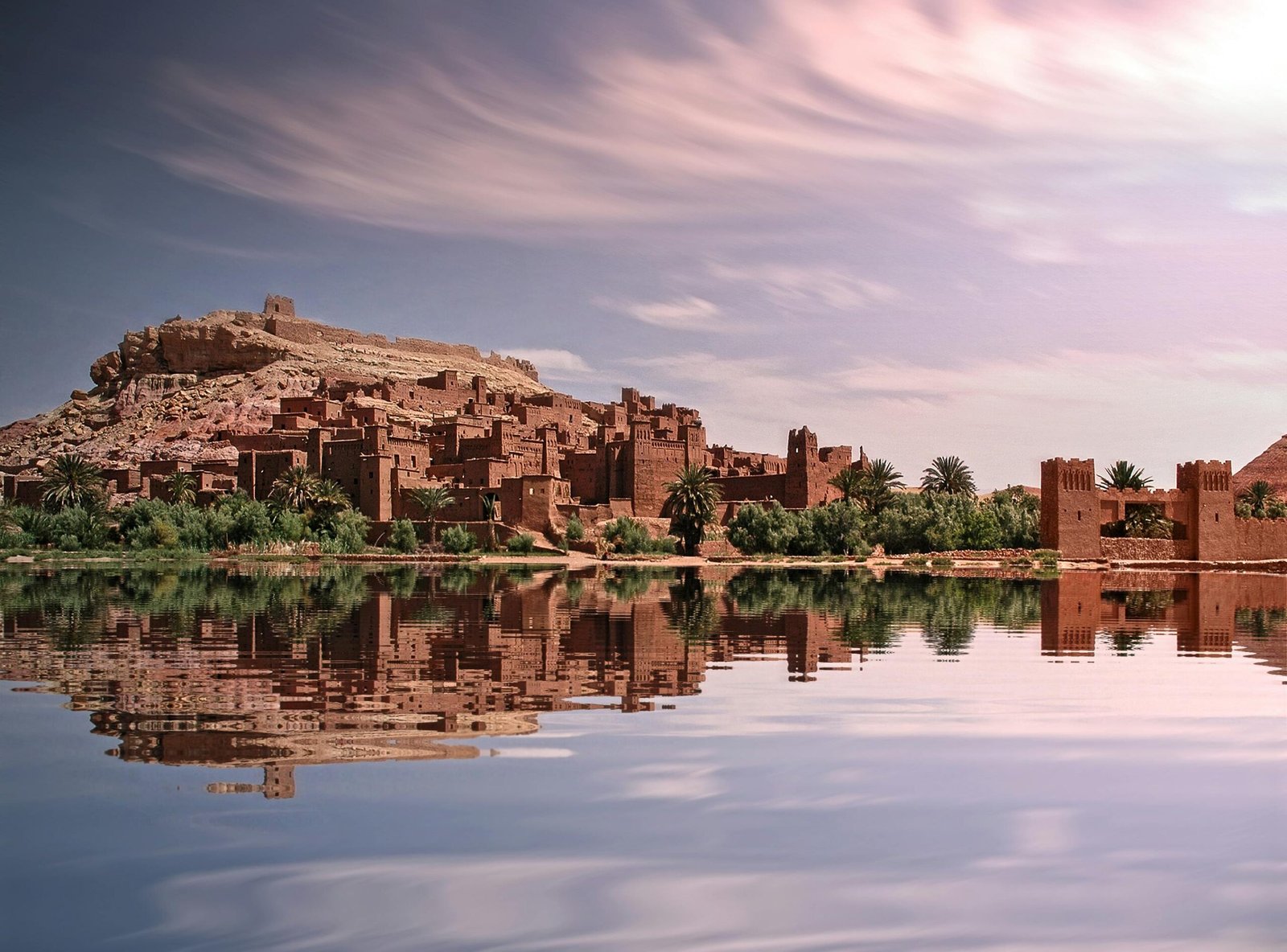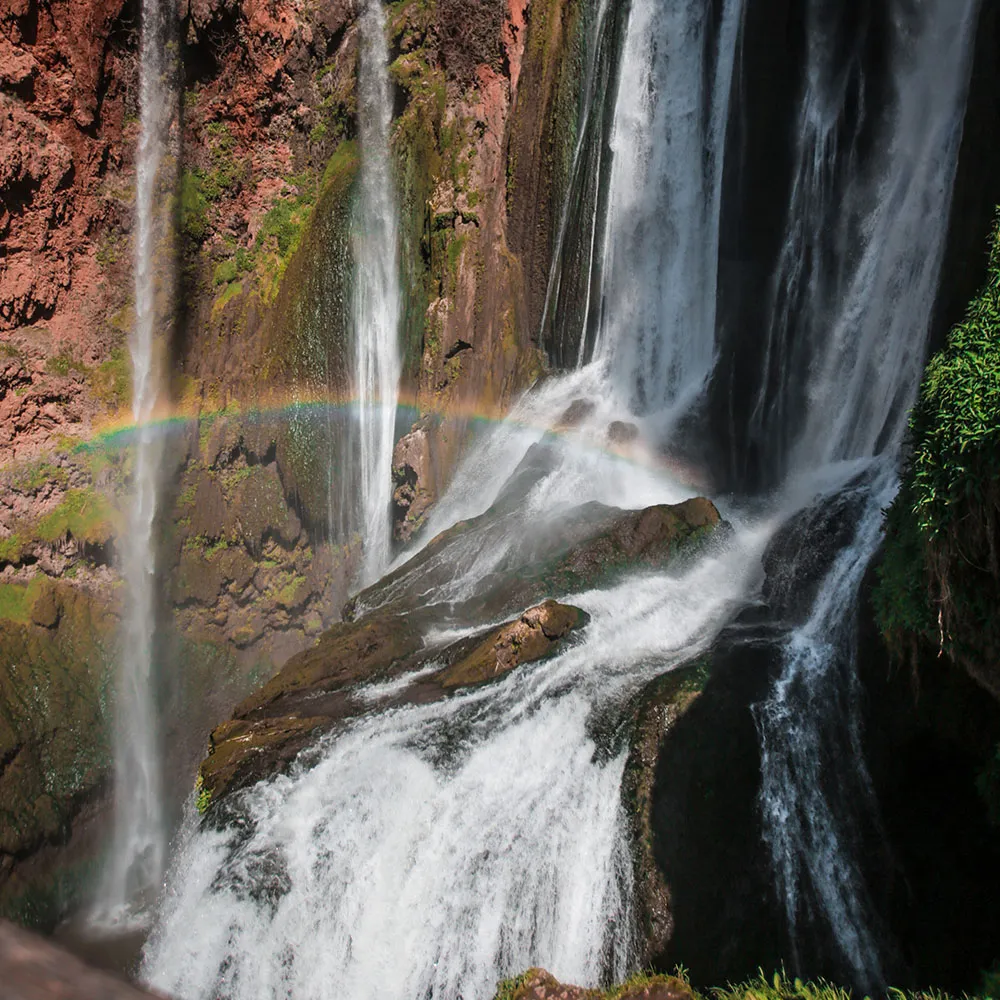ne way to the southern of Morocco, many forests of Tamaris attract us by the dicersity of their plants and trees, like the tree of “Savannas” that exists in the hot weather like in Namibia, Kenya and Tanzanie.

On the way to southern Morocco, many forests of Tamaris attract us with their diverse plants and trees, including the “Savanna” tree, which thrives in hot climates like those in Namibia, Kenya, and Tanzania. Unfortunately, these forests have become drier due to desertification and drought, causing many wild animals to disappear. However, gazelles and jackals still survive in the depths of the desert.
Ancient Engravings and Historical Periods
Period of Hunters:The rock engravings from this period predominantly depict wildlife such as elephants, rhinos, giraffes, ostriches, and antelopes of the African savannah. These engravings date back to before 3000 BC, marking the era before the Neolithic period began in southern Morocco. Explore more about ancient engravings.
Bovidian Period:This period, dating around 2000 BC, saw a shift in rock engravings to predominantly depict cattle (cows, oxen, buffalo). These engravings are more detailed than those from the hunter period. The Neolithic period in southern Morocco is believed to have started around 2500 BC. Learn about the Bovidian period.
Period of Tanks:During this period, which is considered late Bovidian, engravings of tanks began to appear. These tanks are depicted without humans or animals, making it challenging to identify the animals used for pulling them. Discover the period of tanks.
Horse Period:Engravings of horses are rare in southern Morocco compared to the Central Sahara. The introduction of horses is believed to have occurred between the second millennium BC and the early first millennium BC. Initially used to pull tanks, horses eventually became associated with riders. Read more about the horse period.
Libyan-Berber Period:This period is marked by Tifinagh inscriptions, dating back to around 750 years BC. Metal weapons, including spears, daggers, and shields, also appeared during this time. These inscriptions are more common in the High Atlas compared to the Bani-Draa region. Learn about the Libyan-Berber period.
Camel Period:With climate changes in North Africa, camels became prevalent, replacing other species that could not adapt to the arid conditions. Camels were introduced to Egypt by the Persians around 500 BC and spread to North Africa in the subsequent centuries. Engravings of camels are rare but significant in understanding the adaptation to new climates. Discover the camel period.
Flora and Fauna of Southern Morocco
The Tamaris forests and their unique vegetation are home to various plants adapted to hot climates. Despite desertification, these areas still support some wildlife, such as gazelles and jackals.
Experience the History and Wildlife with Morocco Dunes
We invite you to discover these ancient engravings and the history they represent on our Sahara desert tours. Witness the remnants of past civilizations and the natural beauty of southern Morocco. Our tours offer a unique insight into the region’s rich history and diverse ecosystem.

